Credit where credit is due...
I decided I
wanted to have some sort of badge on the car to recognize the
work of Karmann. I did some hunting around and
found this badge for sale online, an early Karmann badge used on
old Volkswagens:
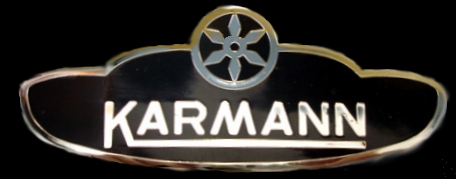
I quickly decided
I didn't want to put the badge outside because I didn't want to
damage the body of the car, spoil the clean lines, or lose the
badge. After careful consideration, mounted it on one of
the blank panels on the dash of the car. I simply removed
the panel surrounding the stick-shift and then the center panel
that houses the reminder light for the passenger-side airbag.
I ordered a replacement part to have on hand since the
installation of the badge involves drilling. There will be
no going back with the part.

The part came with
an interesting part ticket attached, showing what appears to be
the vehicle designation used internally (Projekt ZH 29). I
found it interesting that the car is designated "Crossfire (Karmann)".

I left the warning light functional but since I never disable the
passenger-side airbag, the light has limited usefulness.
I affixed the
badge using the two pins that are tacked to the back of the
badge and the plastic retainers supplied with it. This
meant drilling two perfectly aligned holes, 1/8" in diameter
into the plastic. I marked the plastic with a center punch
and slowly drilled each hole from back to front. Then I
inserted the pins into the holes and used the retainers.


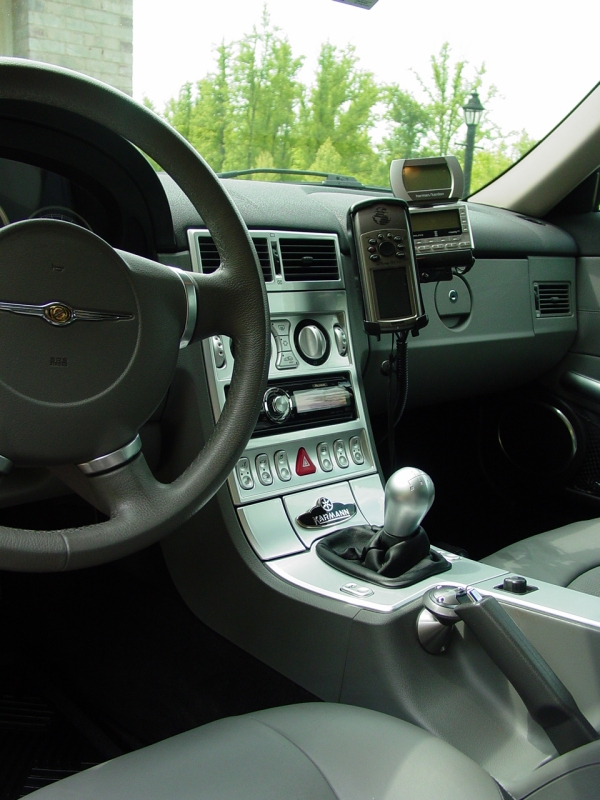



I asked my
friend who made the
WILLYS
letters to make some KARMANN lettering for me and installed
one set on the car under the wing.



History of the Car Design
While
researching the history of the car, I learned that the body
design was based on the concept car designed by Eric M.
Stoddard.
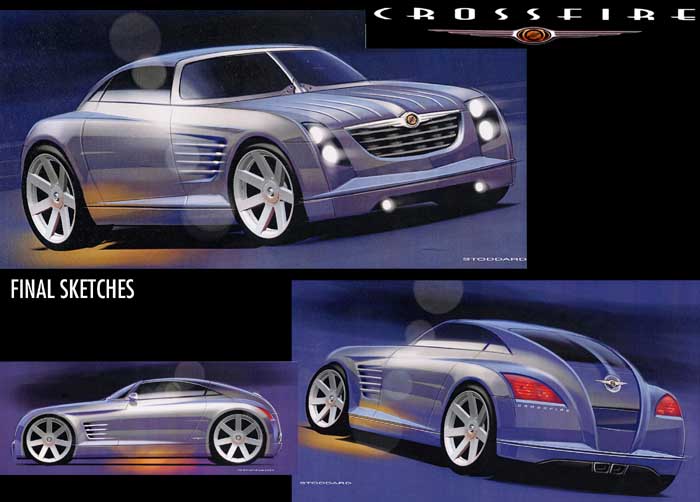
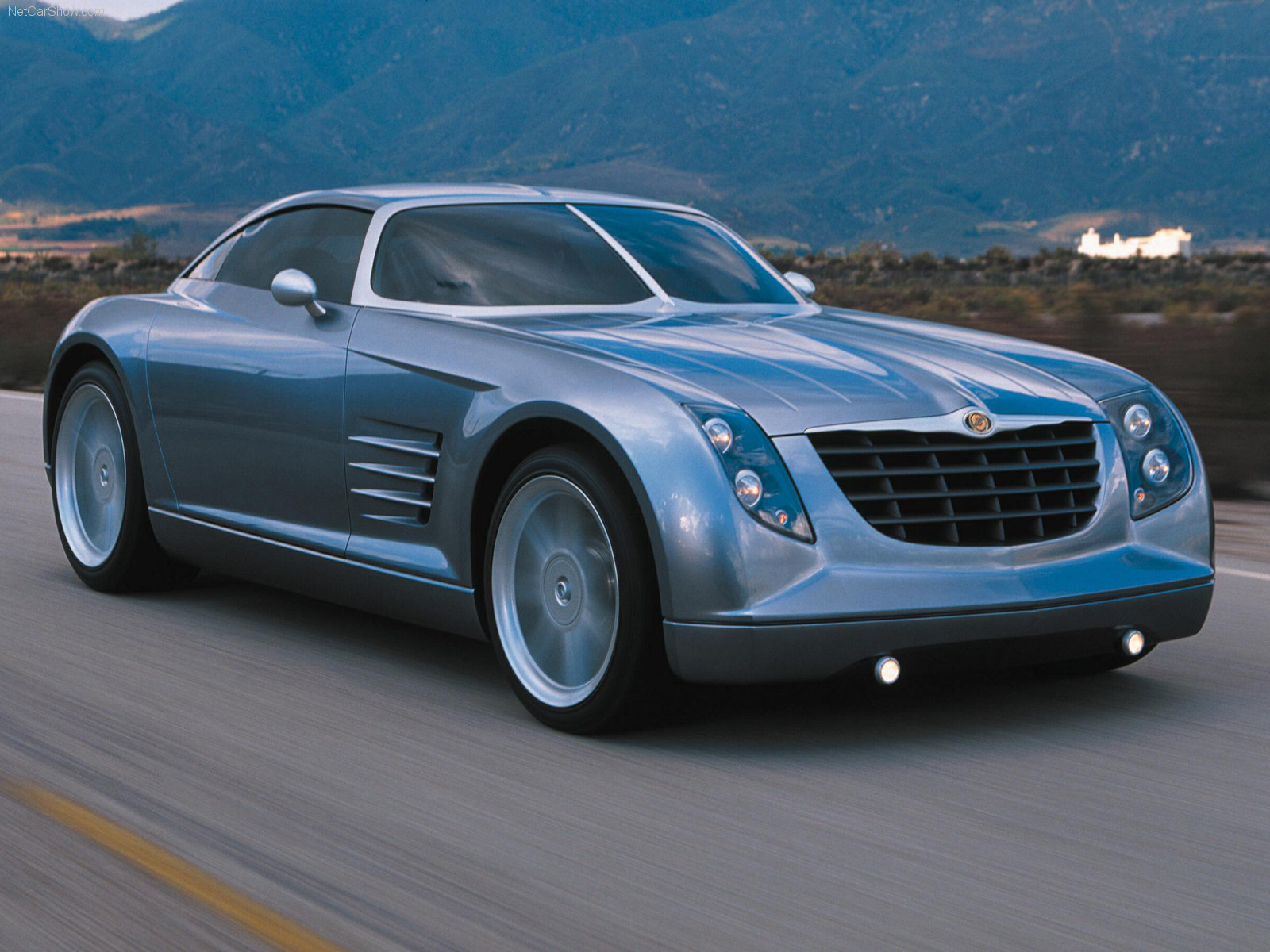
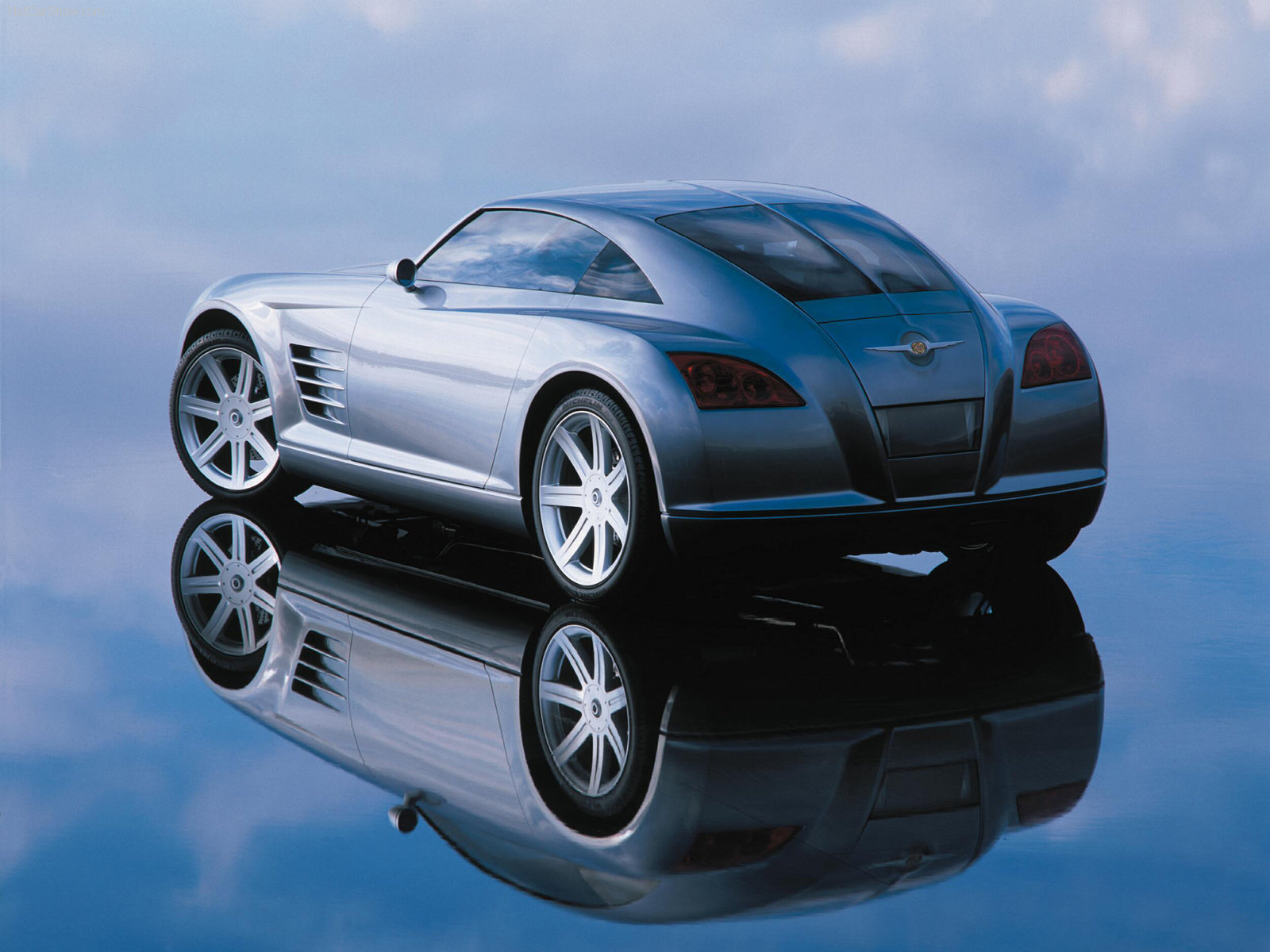
In order to
produce the car, the decision was made to use existing
components where possible to shorten the development time and to
leverage existing engineering designs. This led to the use
of a substantial portion of existing parts from the Mercedes SLK.
Indeed, the car is substantially comprised of Mercedes parts and
is very familiar to Mercedes technicians.
When it comes
to the body, Daimler-Chrysler chose to contract the production
engineering and assembly to Wilhelm Karmann Company.
I wrote to the
company thanking them and praising the quality of the car.
They sent to me these items and their regards. (the little car
was not part of the care package)


Those familiar
with German cars will recognize this as the company that has
been responsible for several Mercedes-Benz, Porsche, Jaguar,
Volkswagen and several other well-known cars.

I visited the
Karmann company
web site and was pleased to find that they have a great deal of
pride in their involvement of the production of the Crossfire.
Here is what
Karmann say about themselves:
Computer
Aided Analysis is an important tool in the design and
development process. This method of computer simulation,
used in a projectís early planning phases, contributes
considerably to the economical efficiency of the development
phase.
In early
design phases the analysis of stiffness, modal and crash
characteristics, and the behavior of sealing elements helps
to eliminate inferior design alternatives and to develop the
optimal solution for a product. Fundamental aspects such as
passive safety and crash characteristics are relevant in the
concept phase. Their analysis provides cost-saving benefits
for the subsequent testing and manufacture process. The
results produced by the FEM analysis are extremely reliable
as they are continuously correlated with the data of the
Vehicle Testing Section.
The FEM
Group has its own dedicated computer system and CAE system
support. This support takes care of CAD data
compatibility for a smooth transfer of data to and from our
FEM clients, and it maintains interfaces to Karmannís other
departments.
Some
examples of the many types of simulations we can perform:
Here are some
of the images depicting various aspects of the Chrysler
Crossfire.

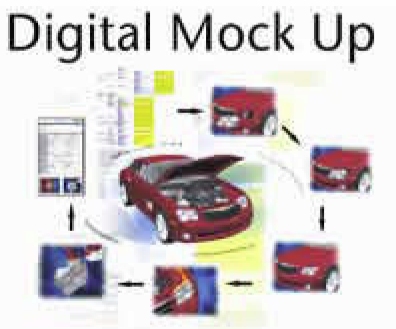










Visitors since
5/17/08